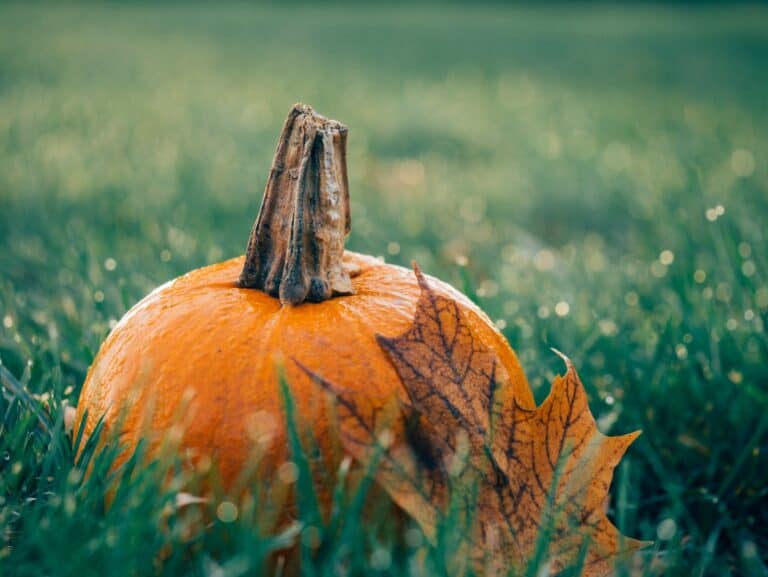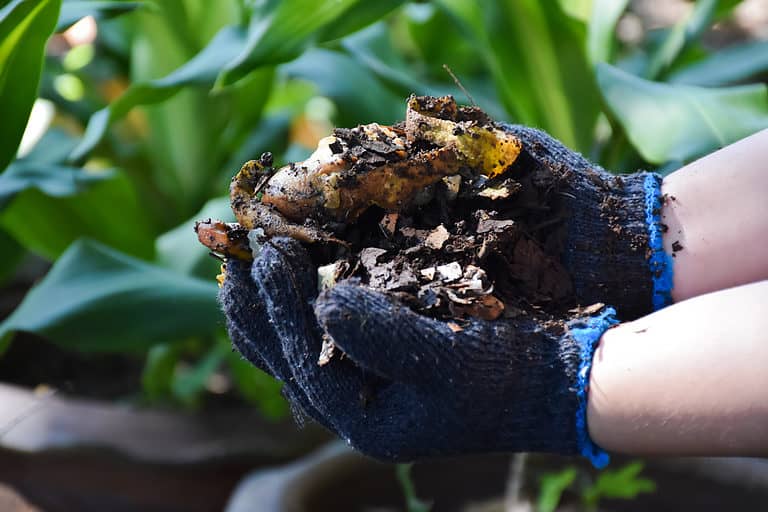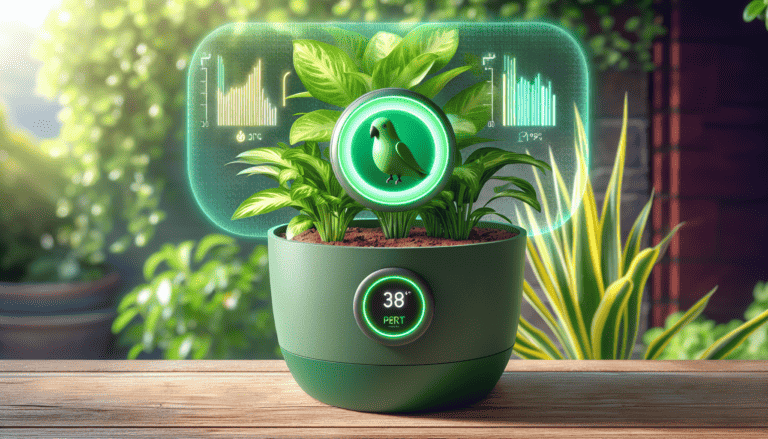How to Incorporate Companion Planting in Your Garden
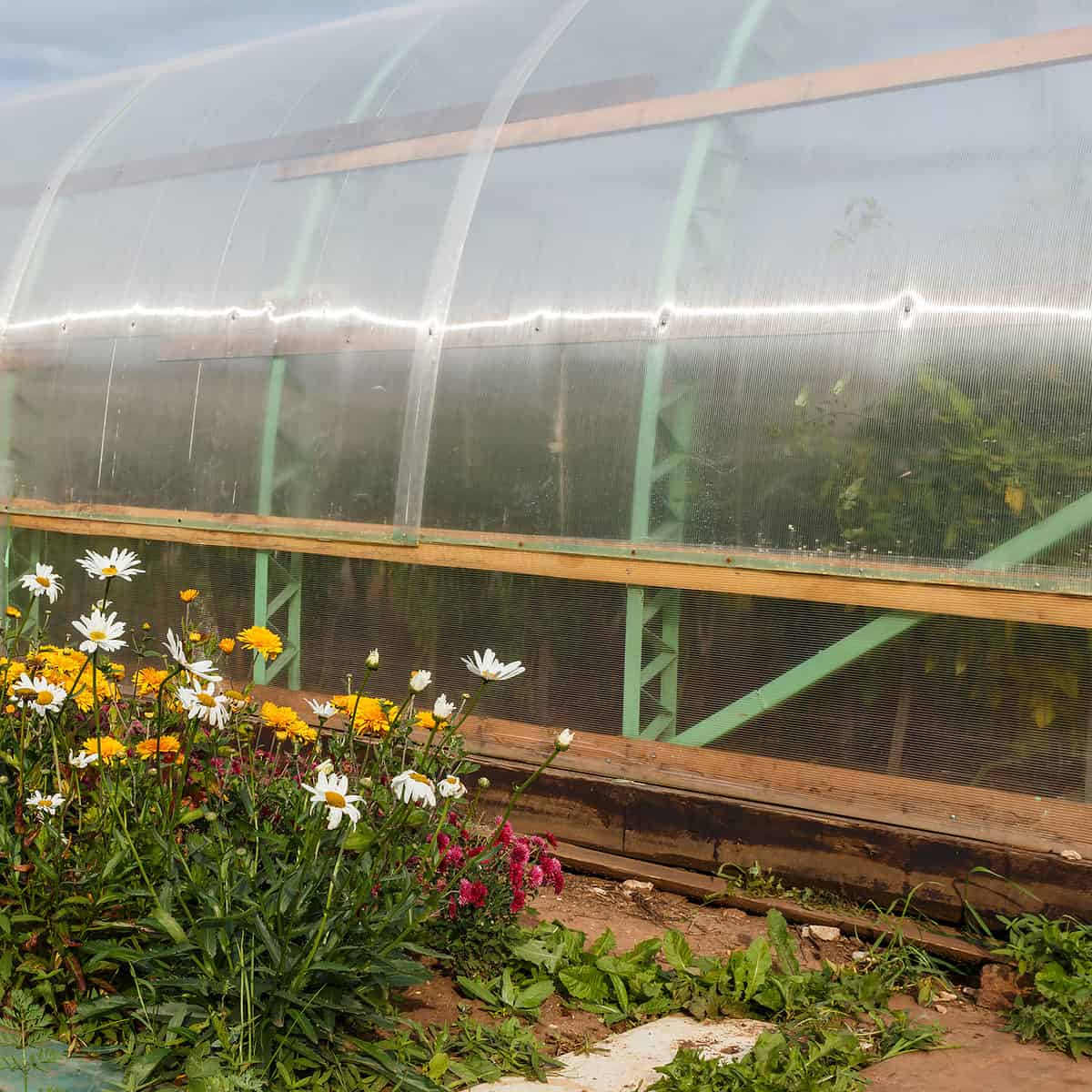
Companion planting is the practice of planting different types of plants together in close proximity, with the goal of benefiting each other in some way. This can be achieved through a variety of mechanisms. How to companion plant include providing shade or support, attracting beneficial insects, or deterring pests.
How to Companion Plant
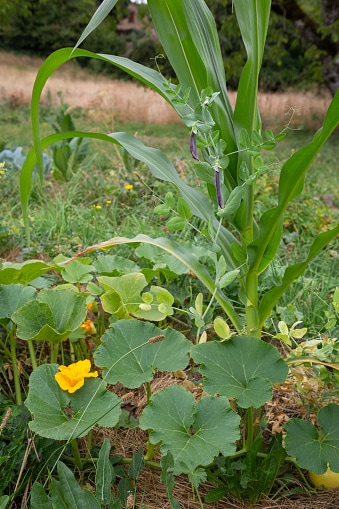
1. Three Sisters
One common example of companion planting is the “Three Sisters” planting method used by Native American cultures. This method involves planting beans, corn, and squash together. The corn provides support for the beans to climb and the squash serves as a living mulch to retain moisture and deter weeds. The beans, in turn, fix nitrogen in the soil, which benefits all three plants.
2. Trap Crops
Another example of companion planting is the use of “trap crops.” These are plants that are attractive to pests and are used to lure them away from more valuable crops. For instance, planting radishes near a cabbage patch may distract cabbage worms, allowing the cabbage to grow undisturbed.
Benefits of Companion Planting
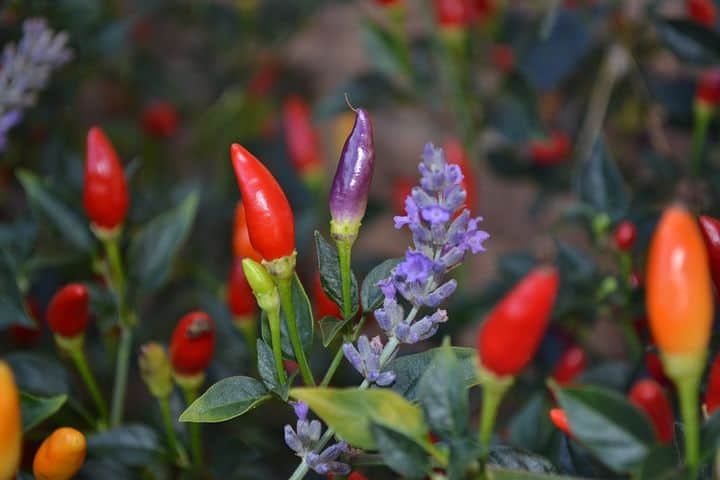
In addition to the direct benefits of companion planting, this practice can also help to increase the overall diversity of an ecosystem. This can in turn lead to increased resilience and stability. For example, planting a variety of flowers in a vegetable garden can attract pollinators, which can help to improve crop yields.
What to Know Before You Companion Plant
It’s important to note that not all plant combinations will be beneficial, and some may even be detrimental to each other. Therefore, it’s important to do some research and plan out your companion plantings carefully. Some resources that can be helpful in this regard include gardening books and online resources. Also, talking to experienced gardeners in your area is helpful.
Overall, companion planting is a simple and effective way to improve the health and productivity of your garden. While, also benefiting the overall ecosystem. Whether you’re a seasoned gardener or just starting out, giving this technique a try can be a rewarding and enjoyable experience.




